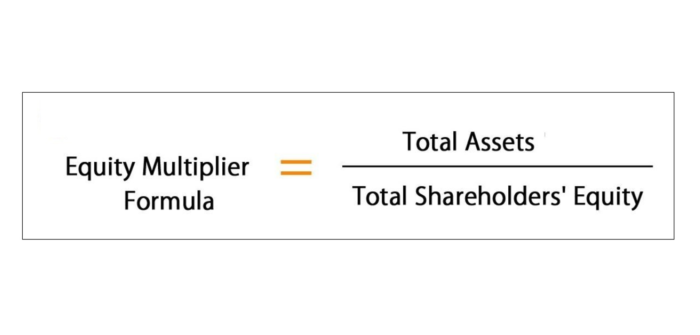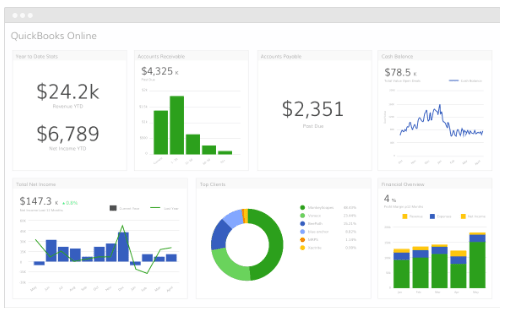
The statement of retained earnings, though often overshadowed by its counterparts, is a testament to the engineering principles underlying financial reporting. It ensures that the ebbs and flows of corporate profits are meticulously tracked, providing a clear view of how earnings are reinvested or returned to shareholders. Dividends are treated as a debit, or reduction, in the retained earnings account whether they’ve been paid or not. Net income that is not included in accumulated retained earnings has been paid out to shareholders as dividends. If a business is not publicly traded, then its dividends would be paid to the owner of the firm. A company’s equity refers to its total https://x.com/BooksTimeInc value in the hands of founders, owners, stakeholders, and partners.
- Retained earnings are important because they can be used to finance new projects or expand the business.
- Either way, the net income and therefore the retained earnings, belongs to the owners and forms part of the owners equity.
- When a company consistently experiences net losses, those losses deplete its retained earnings.
- In contrast, when a company suffers a net loss or pays dividends, the retained earnings account is debited, reducing the balance.
- Also, it can be used by investors to compare companies in similar kinds of business.
Are Retained Earnings an Asset or Equity?
Companies typically statement of retained earnings example calculate the change in retained earnings over one year, but you could also calculate a statement of retained earnings for a month or a quarter if you want. Here’s how to prepare a statement of retained earnings for your business. In order to track the flow of cash through your business — and to see if it increased or decreased over time — look to the statement of cash flows. Consider a company with a beginning retained earnings balance of $100,000.

What Is the Difference Between Retained Earnings and Net Income?
There’s almost an unlimited number of ways a company can use retained earnings. With plans starting at $15 a month, FreshBooks is well-suited for freelancers, solopreneurs, and small-business owners alike. Ask a question about your financial situation providing as much detail as possible.
Ask Any Financial Question

Retained earnings, at their core, are the portion of a company’s net income that remains after all dividends and distributions to shareholders are paid out. Up-to-date financial reporting helps you keep an eye on your business’s financial health so you can identify cash flow issues before they become a problem. Retained earnings provide a much clearer picture of your business’ financial health than net income can. If a potential investor is looking at your books, they’re most likely interested in your retained earnings. First, you have to figure out the fair market value (FMV) of the shares you’re distributing. Companies will also usually issue a percentage of all their stock as a dividend (i.e. a 5% stock dividend means you’re giving away 5% of the company’s equity).


If the company has a net loss on the income statement, then the net loss is subtracted from the existing retained earnings. The statement of retained earnings is a sub-section of a broader statement of stockholder’s equity, which shows changes from year to year of all equity accounts. Retained earnings increase as the company’s net income increases. If a company receives a net income of $40,000, the retained earnings for that month will also grow by $40,000. However, company owners can use them to buy new assets like equipment or inventory.
How to calculate the effect of a stock dividend on retained earnings

They want to know about the returns generated by retained earnings. And they want to know whether they can do better with other investments. An investor may be more interested in seeing larger dividends instead of retained earnings increases every year. They need to know how much https://www.bookstime.com/ return they’re getting on their investment. The statement of retained earnings paints a clear picture of that. Before you make any conclusions, understand that you may work in a mature organisation.
Let’s say that in March, business continues roaring along, and you make another $10,000 in profit. Since you’re thinking of keeping that money for reinvestment in the business, you forego a cash dividend and decide to issue a 5% stock dividend instead. Sometimes when a company wants to reward its shareholders with a dividend without giving away any cash, it issues what’s called a stock dividend. This is just a dividend payment made in shares of a company, rather than cash. This ending retained earnings balance can then be used for preparing the statement of shareholder’s equity and the balance sheet. To calculate retained earnings, take the previous period’s retained earnings, add net income (or subtract net loss), subtract dividends, and subtract cash dividends.
